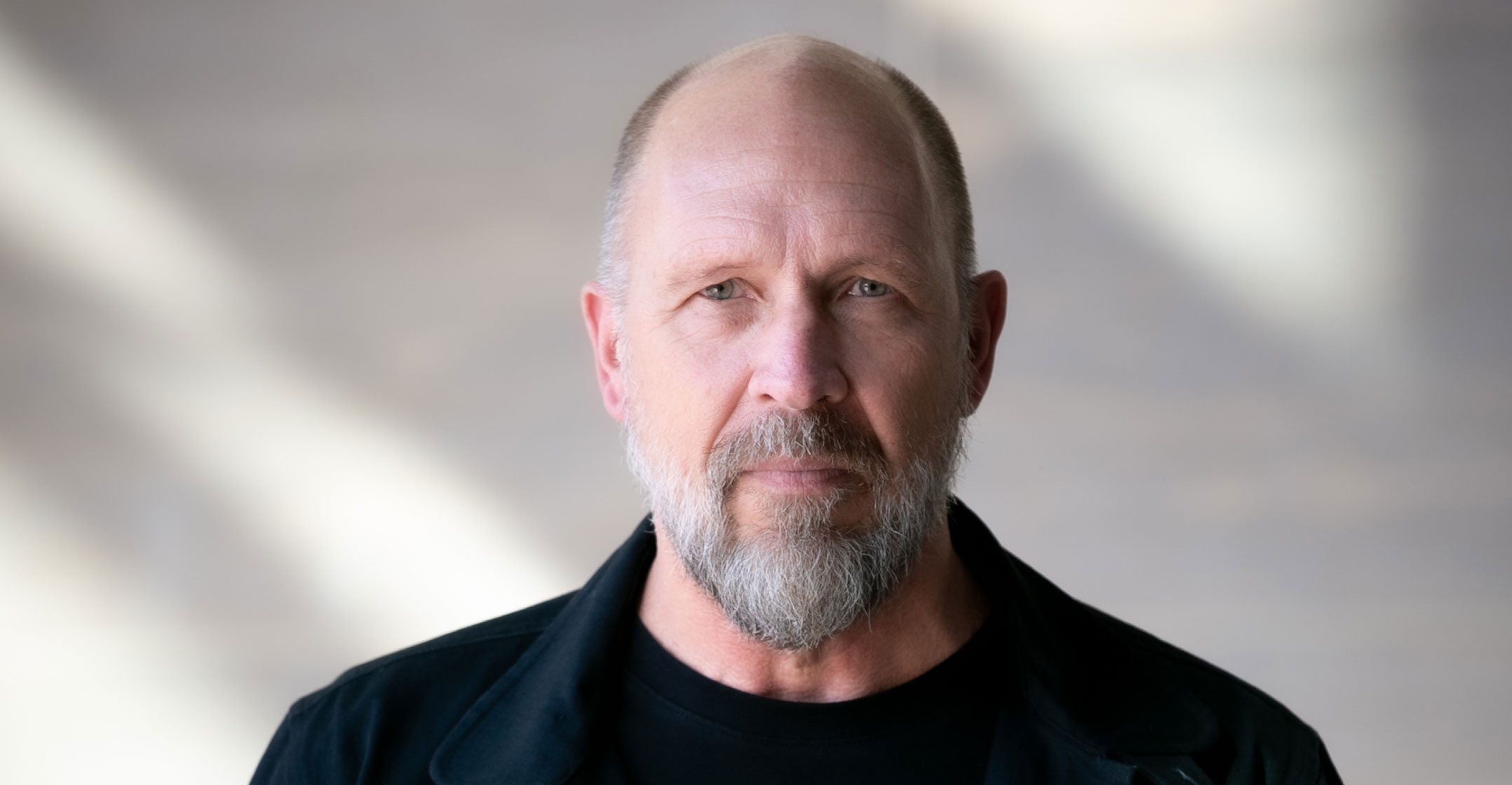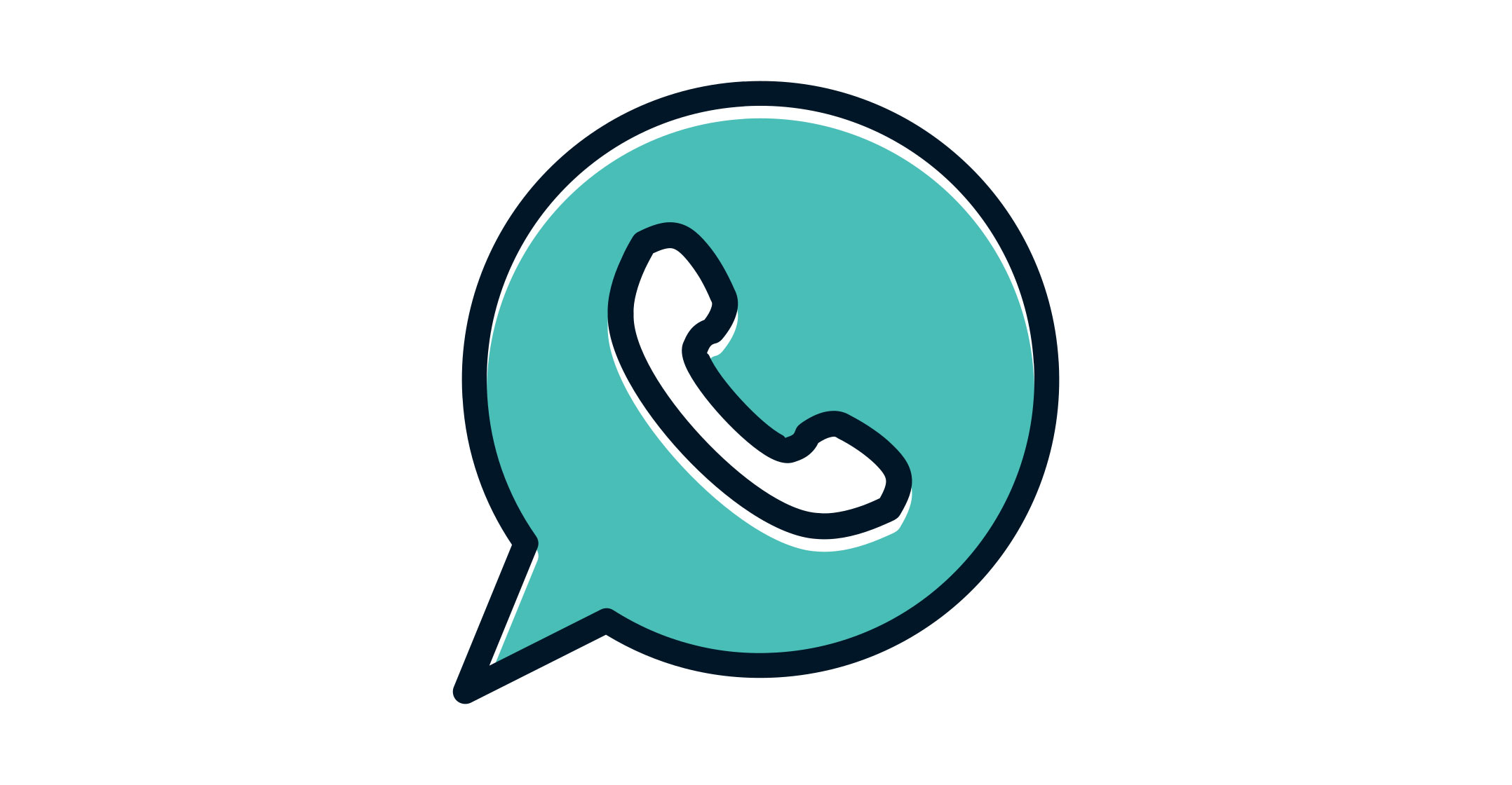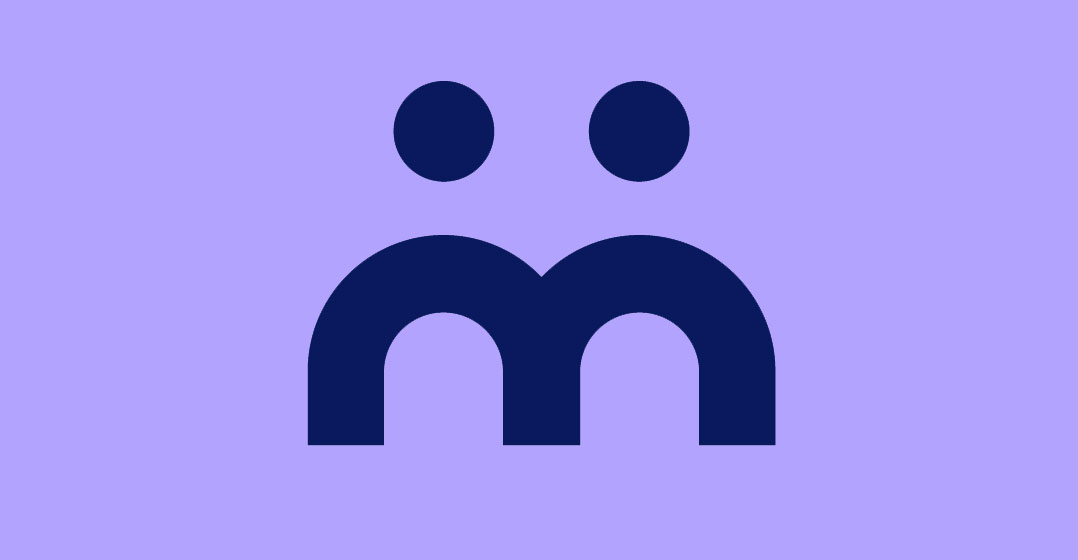
Moya, an instant messaging and payments app developed in South Africa, has notched up 6.5 million monthly active users and is now hoping its popularity will break the dominance of WhatsApp in the local market.
The company behind it, Datafree, uses operator reverse-billing technology and a cloud-based technology platform to allow users to chat for free, even when their mobile data balances are completely depleted. In other words, South Africans can chat to each other without airtime.
And that drawcard appears to be working, with Datafree CEO Gour Lentell arguing in an interview with TechCentral that the technology the company has built is “unique globally” – and potentially has worldwide appeal.
In South Africa, it has 3.2 million daily active users. “That’s more than Media24,” Lentell said of the Naspers-owned media group that publishes News24 and other mainstream titles.
Although Moya is still dwarfed by WhatsApp, which is believed to have about 25 million monthly active users in South Africa, he doesn’t think the Facebook-owned messaging service is invincible, and there are ways to counter the “network effect” that keep people glued to it. And zero-cost-data messaging may be way to take it on – and win. (Another key element is payments, where Datafree is building a fintech platform inside Moya called MoyaPayD – more on that later in the article.)
‘On parity with WhatsApp’
Lentell said Datafree is aiming to reach 23 million monthly active users by the end of 2023, “which would put us on parity with WhatsApp”.
The only way to disrupt a leading incumbent, Lentell told TechCentral, is with a proposition that consumers cannot ignore. Google disrupted AltaVista because it offered a far better search engine, he said. Gumtree disrupted newspaper classifieds because it was free. And SpaceX disrupted the satellite launch industry by using reusable rockets (slashing costs in the process).
But taking on WhatsApp in South Africa is a tall order: Tencent, with Naspers, tried to do it a few years back and failed to make much of a dent, despite a huge marketing budget. And despite some user hostility towards Facebook, Telegram and Signal remain “just noise at the edge” – WhatsApp still dominates the market.
How do I get a messaging app that is like WhatsApp that doesn’t use data? That would solve a fundamental problem
“This led to us think, what if we developed an app that does ‘datafree’ messaging,” he said. “How do I get a messaging app that is like WhatsApp that doesn’t use data? That would solve a fundamental problem.”
And so Moya was born. But Lentell felt there was a bigger opportunity: to build a “super app”, like WeChat in China, that fulfils the needs of the mass market in South Africa. Datafree’s research showed a majority of South Africans download no more than five apps to their smartphones. The reluctance to download more apps is due to data costs and the limited storage space on the entry-level smartphones used in the mass market segment.
“The all-in-one app makes perfect sense for Africa,” Lentell said. “People won’t install lots of apps, so the super-app model is appropriate. And if you make it ‘datafree’, so much the better.”

That led to a range of zero-cost services being added into Moya, including job postings, religious material and books. It’s easy for app developers and companies to forget, Lentell said, that most people in South Africa are regularly without data because of the cost. And what people miss most when they don’t have data, according to Datafree’s research, is messaging.
But it’s not only about messaging. Datafree is now pivoting into the fintech arena, launching MoyaPayD in July as a “full-blown” mobile wallet within the Moya app. Lentell said Datafree has been inspired by WeChat, which Chinese consumers use “for just about everything”, including payments and transactions.
WeChat makes extensive use of QR codes for payments – simply scan a code to buy an item or transfer money, at a cost that is “a fraction” of payments that go through the formal banking system, with its “expensive banking rails”.
The idea is to bring the convenience of electronic payments to the South African mass market and reduce the reliance on cash, Lentell said. It hopes to do this through zero-cost or low-cost fees on a “datafree” platform.
“The informal economy in South Africa is gigantic, but it’s all cash based. It’s an easy fop to say people prefer cash. People choose it, for starters, because of high bank charges.”
With MoyaPayD, users can pay for groceries fee-free at Shoprite Group stores. It’s free to receive money – up to five transactions per day. After the fifth transaction, there is a 1% transaction fee. And every MoyaPayD user gets a unique QR code so they can receive payments directly on their mobiles into their e-wallets. Some fees do apply in MoyaPayD, usually when money traverses a bank account — the schedule of fees is available here.
Network effect
Datafree has partnered with Trustlink, a South African Reserve Bank-approved payments processor. All e-wallet balances are held in treasury accounts with the banks and the platform is “secure and compliant” with financial services sector regulations, Lentell said. MoyaPayD allows withdrawals into banks of up to R25 000/day, in line with regulations.
“Our ultimate goal with MoyaPayD is to become ubiquitous, like WeChat Pay,” Lentell said. “In WeChat Pay, that money stays in that ecosystem. A lot of the regulatory framework in South Africa is fundamentally premised on money not being money unless it’s in the banking system. That needs to change.”
Datafree’s ability to lobby for regulatory change is no doubt getting stronger: MoyaPayD has already amassed 200 000 users in South Africa since its launch in July “without any marketing”. Lentell said he expects new sign-ups of about 2 000/day to “ramp up” in the coming months.
As for the Moya app itself, Lentell hopes South Africans will soon mainly be downloading it not because it provides “datafree” messaging, but because the network effect will have taken over – it will have reached a critical mass where users feel they need to have it on their devices to say in touch with friends and family, much like they do with WhatsApp today.

Although the app is only available for Android – which is fair enough, given it’s the operating system that powers the phones of the mass market audience it targets – it is developing an iPhone version. A Web client could also follow, though it’s not top of the priority list. Like WhatsApp, Moya doesn’t store user messages on its servers, so a Web version would have to connect to a user’s mobile device.
While Moya is fast gaining traction in South Africa, are there plans to expand it to other markets?
“The technology we have built over the last five years is unique globally. We have a very capable software engineering team that has developed the ‘datafree’ platform, which is a cloud software platform to manage, implement, control, optimise and support reverse data billing. We decided to do this first in the South African market because you need to get it right in one market first,” he said. But other countries will likely follow in time.
For now, though, there’s plenty to do in South Africa – and plenty of opportunity, Lentell said.
“All the big players, like the banks and FMCG companies, want to talk to us now. We have 6.5 million mainstream users who are hard to find on Google and Facebook because they’re not on those platforms because of data costs.” — © 2021 NewsCentral Media




